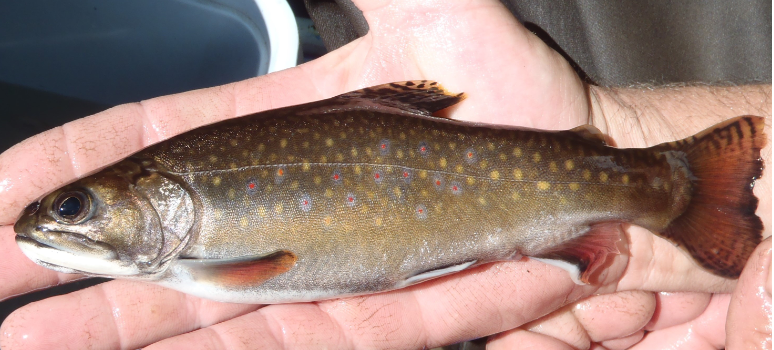
SNEP Grants Fund Restoration of Former Cranberry Bogs in Massachusetts
Iconic cranberry bogs get new lease on life, fish and wildlife benefit
By Tom Ardito
 Cranberry bogs are Southeastern Massachusetts’ iconic form of agriculture. If you’ve ever visited Cape Cod in late summer or early fall, you’ve probably seen the bogs of blood-red berries, waiting to grace Thanksgiving tables or to be pressed into bottled juice for sale throughout the country.
Cranberry bogs are Southeastern Massachusetts’ iconic form of agriculture. If you’ve ever visited Cape Cod in late summer or early fall, you’ve probably seen the bogs of blood-red berries, waiting to grace Thanksgiving tables or to be pressed into bottled juice for sale throughout the country.
These agricultural wetlands were once natural wetland systems, supporting valuable fish and wildlife and fostering clean coastal waters. When the wetlands were converted to cranberry production, a century or more ago, farmers graded, ditched and dammed them to accommodate the needs of the crop.
Now many of the bogs are falling into disuse, abandoned as landowners find them less profitable than larger cranberry operations elsewhere in the country. Yet, having been physically modified for agricultural use, these areas can’t regain wetland values without work to re-establish more natural topography, hydrology, and vegetation.

Over the past decade, local organizations and landowners in Southeastern Massachusetts have begun restoring these abandoned bogs. The work combines cutting-edge engineering and science with old-fashioned earthmoving – removing dams, filling ditches, restoring stream channels, and planting trees to re-establish habitat for eastern brook trout and other native fish species, while reducing polluted runoff to coastal waters.
Southeast New England Program (SNEP) Watershed Grants – a partnership between Restore America’s Estuaries and the US Environmental Protection Agency – is supporting one of these groundbreaking projects: the Upper Childs River Restoration Project in Falmouth, MA. The project is led by the Falmouth Rod & Gun Club, in partnership with the Association to Preserve Cape Cod, Cape Cod Trout Unlimited, Town of Falmouth, Commonwealth of Massachusetts, and many other organizations. Engineering and construction oversight is being provided by Inter-Fluve, Inc., a national leader in river restoration design.
Construction on the Upper Childs River Restoration Project began in mid-September. Check out the video below for an aerial tour of the project site.
Click here to read the project press release from the Association to Preserve Cape Cod.

Tom Ardito is the Director of the Southeast New England Partnership Watershed Grants for Restore America’s Estuaries. He is based in Rhode Island.
Photo 1 (Carriage Shop RD Pond Stream Diversion) courtesy of Dennis Martin
Photo 2 (Recaptured Childs Brook Trout) courtesy of Steve Hurley, Mass Wildlife
